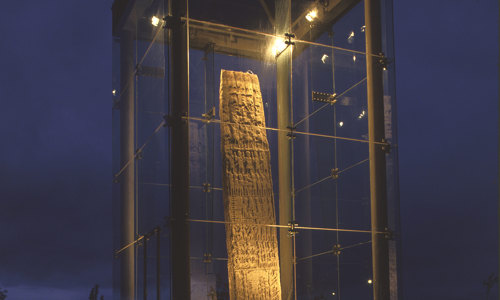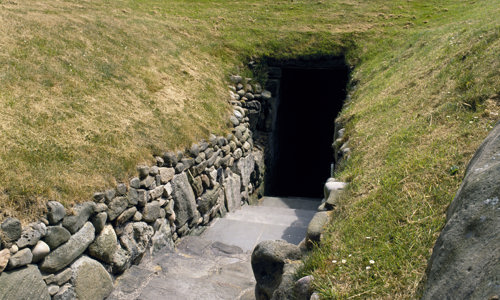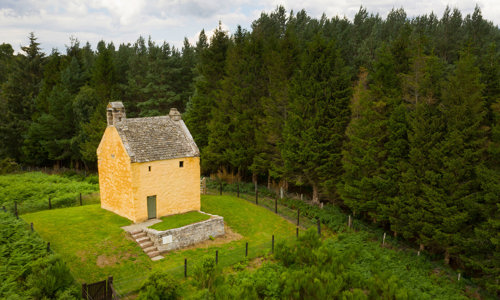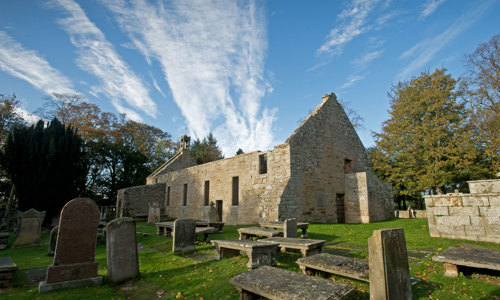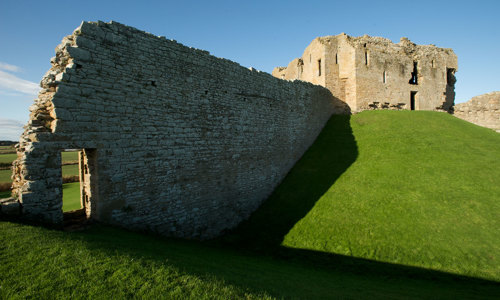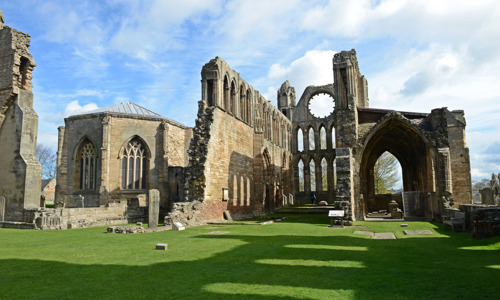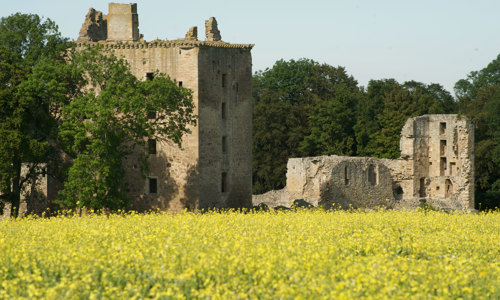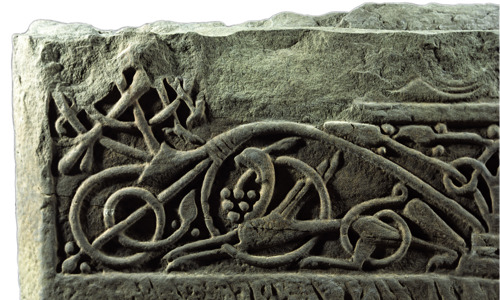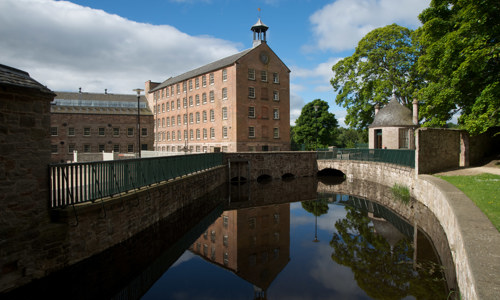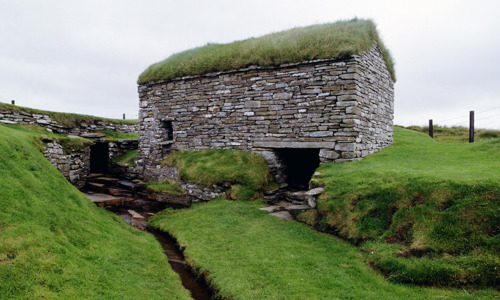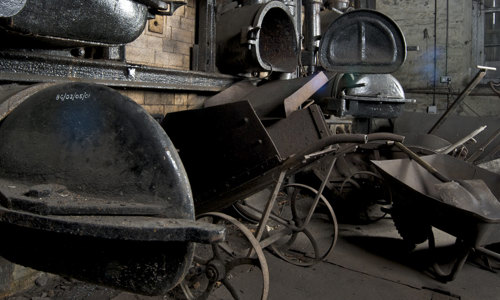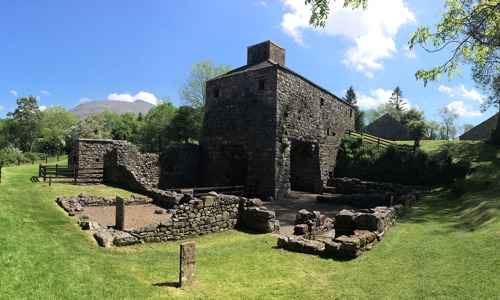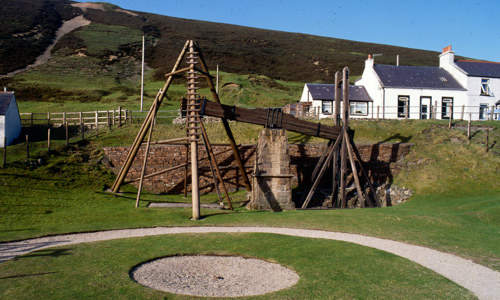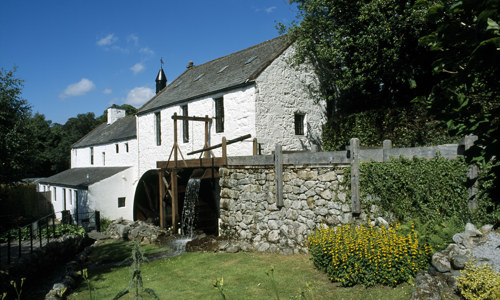History
Dallas Dhu is typical of the many small distilleries built around 1900 to help quench the growing thirst for whisky, Scotland’s national drink.
Advances in technology have since transformed many distilleries and closed others, but Dallas Dhu remains a well-preserved time capsule of the distiller’s art.
Dallas Dhu whisky
Dallas Dhu Distillery was the idea of entrepreneur Alexander Edward. In 1898, he built two new distilleries – Benromach and Dallasmore – to respond to demand for malt whisky for blending.
Before Dallasmore went into production in 1899, Edward sold the distillery to Glasgow blending firm Wright & Greig Ltd. It wanted the distillery to ensure a supply of malt for its popular blend, Roderick Dhu. Dallasmore was renamed Dallas Dhu to highlight the link.
A chequered history
Dallas Dhu Distillery filled its first barrel on 3 June 1899 and its last on 16 March 1983. In between, it had a chequered existence.
The distillery closed during the First World War but was afterwards sold to J.P. O’Brien & Co. Ltd. When the Glasgow company went bust in 1921, Dallas Dhu was bought by Benmore Distillery.
The new owners invested heavily in the site, but the Great Depression forced closure in the early 1930s. In April 1939, soon after reopening, the distillery was badly damaged by fire.
Production began again in 1947, but finally ended in 1983. The reasons given were:
- an excess of stock
- falling demand
- an unreliable water supply
A local concern
Dallas Dhu typically employed around 15 men, including a:
- manager
- brewer
- maltman
- mashman
- stillman
- warehouseman
- cooper
Workers were divided into groups, each headed by a lead man. They were expected to turn their hand to anything from unloading barley and shovelling peat to rolling out the barrels.
The exception was the exciseman, who was employed by Customs and Excise but provided with a house and office by the distillery.
Maurice Walsh was Dallas Dhu’s most famous exciseman. The author was best known for The Quiet Man, which was made into a film starring John Wayne and Maureen O’Hara.


